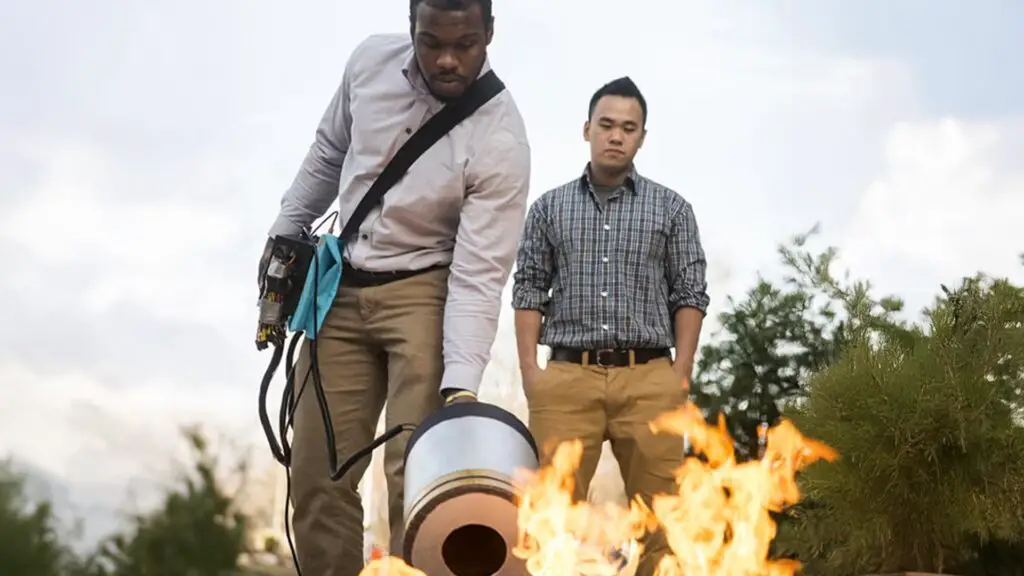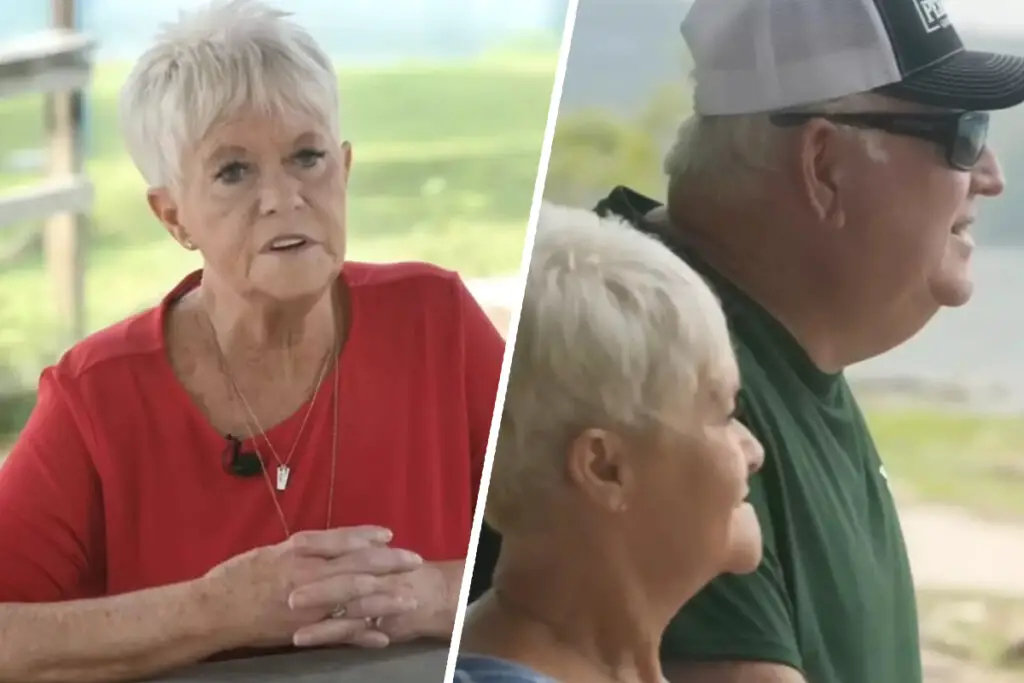The Longest Blackout in U.S. History: Hurricane Maria’s Devastation and the Fight to Restore Power

San Juan, Puerto Rico — Picture this: An island of 3.4 million people plunged into total darkness.
No lights, no refrigeration, no air conditioning in sweltering heat. Hospitals running on fumes.
Communities cut off from the world. This was the reality for Puerto Rico in September 2017, when Hurricane Maria—a Category 4 storm with winds tearing at 155 mph—ripped through the U.S. territory, leaving behind what became the longest blackout in American history.
Eight years later, the scars remain, but so do the lessons.
“The Grid Was Obliterated”
Maria didn’t just knock out power—it obliterated Puerto Rico’s aging electrical infrastructure.
Nearly 80% of the island’s transmission lines were destroyed, along with its power plants.
“It was like someone took a giant eraser and wiped out the grid,” said a FEMA official who worked on the ground in the early days.
The storm left 1.5 million customers—households, businesses, hospitals—without electricity. For some, the darkness lasted 11 months.
To put that in perspective: The 2003 Northeast blackout, which affected 55 million people across the U.S. and Canada, lasted just two days in most areas.
Maria’s aftermath? A staggering 3.4 billion customer-hours of lost electricity—more than all U.S. outages combined from 2013 to 2017.
The Army Corps’ “Moon Landing” Effort
Enter the U.S. Army Corps of Engineers (USACE). Tasked with what one commander called a “moon landing-level mission,” over 3,000 personnel volunteered to rebuild Puerto Rico’s grid from scratch. Their to-do list was jaw-dropping:
- 61,000 power poles—enough to stretch from New York City to Miami twice if laid end-to-end.
- 8,400 miles of conductor wire—roughly the distance from San Juan to Mumbai.
- 51 million replacement parts, sourced in a global scramble that included everything from transformers to circuit breakers.
“We weren’t just fixing a grid—we were building a new one,” said Lt. Gen. Todd Semonite, then-USACE commander.
The Corps partnered with FEMA, local utility PREPA, and private contractors, coordinating 4,000 workers daily under a $1.8 billion FEMA-funded operation.
But logistics were a nightmare. Mountainous terrain and collapsed roads made it impossible to reach remote villages.
“I saw crews using mules to carry poles up hills,” recalled José García, a resident of Utuado. The solution? Microgrids—small, self-sufficient solar and battery systems—that brought power to 15,000 isolated homes and businesses.

Generators, Grit, and Growing Frustrations
In the early months, survival depended on generators. USACE installed 1,200 emergency generators at hospitals, water plants, and schools.
Yet fuel shortages and maintenance woes turned these into stopgaps. “Generators aren’t meant to run for months,” shrugged a Corps engineer. “They’re Band-Aids”.
By May 2018, 95% of customers had power restored, but 16,000+ households remained in the dark as the Army Corps prepared to leave.
Critics blasted the decision. “Would we leave 20,000 Texans without power? No,” fumed Sen. Martin Heinrich during a heated Senate hearing.
Charles Alexander, USACE’s contingency director, defended the move: “We follow orders. The money ran out”.
For those still waiting, the delay felt personal. Alberto Rodriguez, a retiree in Yabucoa, relied on a solar panel and a shaky diesel generator to care for his bedridden wife.
“At any moment, they might fail,” he told the AP. “We’ve been forgotten”.
A Legacy of “Unprecedented” Challenges
Why did recovery take so long? Blame a perfect storm:
- A Bankrupt Utility: PREPA, already $9 billion in debt pre-Maria, lacked resources to even assess damage.
- Contract Chaos: A now-infamous $300 million deal with Whitefish Energy—a two-person Montana firm—collapsed amid public outrage.
- Climate Reality: Warmer oceans are fueling stronger storms. Maria was the Atlantic’s most intense hurricane since 1950, and three of the top 10 U.S. blackouts have hit Puerto Rico.
Yet the rebuild also sparked innovation. USACE’s new Caribbean District, established in San Juan, now oversees projects to hurricane-proof the island, from flood barriers to reinforced power lines.
“Maria was a wake-up call,” said Gov. Pedro Pierluisi. “We’re not just rebuilding—we’re reimagining.”
“Second Largest in the World”
Globally, Maria’s blackout is overshadowed only by Typhoon Haiyan’s devastation in the Philippines (6.1 billion lost customer-hours in 2013).
But in the U.S., it’s in a league of its own. Compare it to Hurricane Sandy (775 million hours) or Katrina (681 million), and Maria’s toll is five times worse.
Rhodium Group energy analyst Trevor Houser put it bluntly: “This wasn’t just a failure of infrastructure—it was a failure of foresight.
We knew Puerto Rico’s grid was vulnerable. Maria exposed that, brutally”.
The Road Ahead
Today, PREPA operates under federal oversight, and blue tarps still dot some rooftops.
But progress is tangible. Solar farms now provide 10% of Puerto Rico’s energy, up from 2% in 2017.
USACE’s flood-risk projects shield coastal towns, and the Corps’ “never again” mantra echoes in every reinforced power pole.
Still, survivors like Maribel Ramos, who spent eight months without electricity in her mountain home, haven’t forgotten.
“When the lights finally came on, I cried,” she said. “But every storm season, I wonder—will we survive the next one?”
For now, the lights stay on. But the question lingers: Are we ready?
































